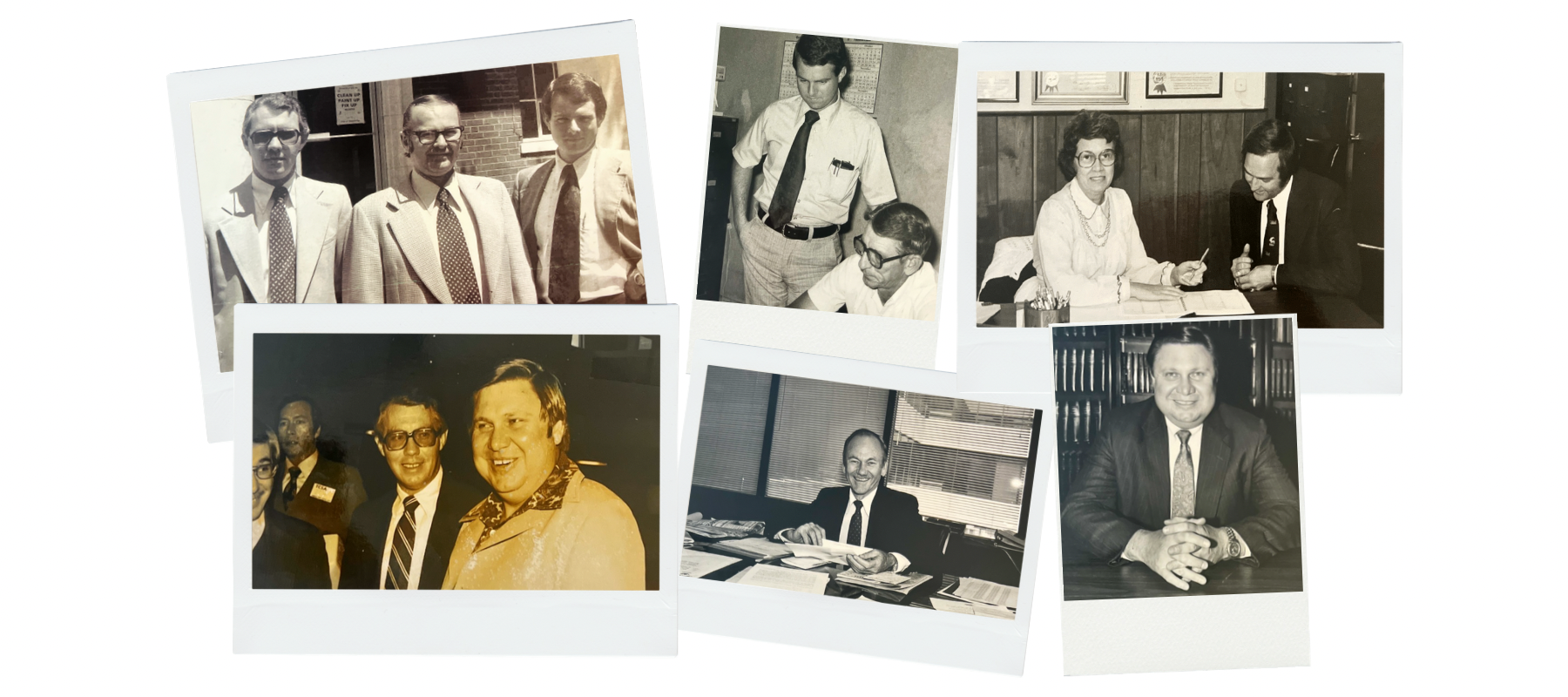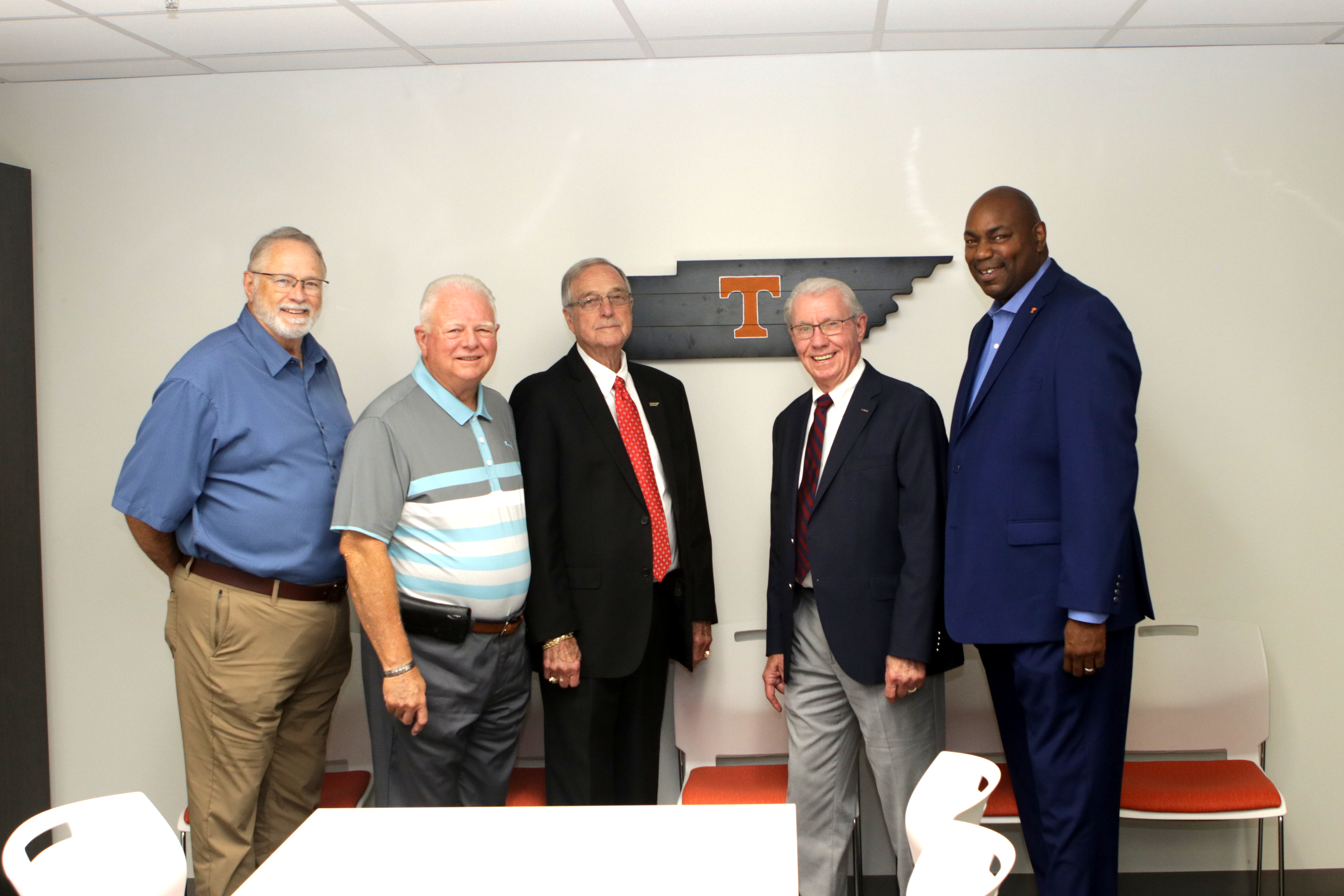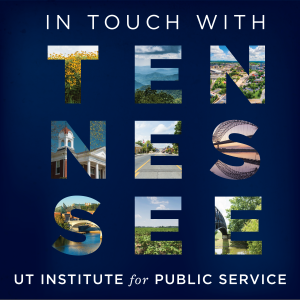
— By former CTAS Executive Director Mike Garland (2002-2014), written in the spring of 2014. Mike began his career at CTAS in 1976 as a county government consultant. He later became the manager of field services and, in 2002, the executive director.
The year was 1973. Dan McKinnis was the executive director of the Tennessee County Services Association (TCSA). The membership of TCSA consisted of county judges, highway superintendents, and magistrates. The 1978 constitutional convention eliminated the offices of county judge and magistrate and replaced them with county mayors and county commissioners.
Dan wanted to establish an organization to provide counties with the type of direct technical assistance being provided to cities by Municipal Technical Advisory Service (MTAS), an agency of the Institute for Public Service. He approached Senator Milton Hamilton with the idea, who agreed to sponsor legislation to establish CTAS. This legislation became law in 1973 and can be found in T.C.A. § 49-9-402. In order to fund this new organization, Dan proposed taking funds going to counties from state shared taxes and divert them to create CTAS. The two state shared county taxes he chose were the gasoline tax and the alcoholic beverage tax. Both of these taxes are collected by the state and shared with all ninety-five counties based on a formula. I asked Jim why he chose those particular taxes. His answer made a lot of sense. TCSA was made up of county judges and highway superintendents. The gas tax went to the highway fund, which was under the control of the highway superintendent, and the alcoholic beverage tax went to the general fund, which was under the control of the county judge.
The amounts CTAS would receive from counties was $192,000 from the alcoholic beverage tax and $339,000 from the gasoline tax. All these years later, these are still the amounts we are receiving.
Since counties were willing to put up their own money to fund CTAS, Senator Hamilton agreed to seek a state appropriation to help with the funding of CTAS. The first state appropriation was in the 1974-75 state budget. The amount was $254,000.
With funding in hand, CTAS began operations in October 1973. The original staff consisted of Ralph Harris, who would go on to be the executive director of TCSA, and Jim Westbrook who would go on to be the executive director of CTAS. So, for the next 15 years, CTAS operated on $192,000 and $339,000 from the counties and on the state appropriation.
Because the majority of our funding was fixed amounts, CTAS began experiencing funding problems by the mid-1980s. Ralph Harris was the executive director at TCSA during those years. County officials went back to the legislature to secure additional funding for CTAS. This time they requested that a portion of the Tennessee Valley Authority (TVA) monies being received by counties be diverted to CTAS. Fortunately, the amount we were to receive was a percentage instead of a flat amount. No one knew at the time, but this would prove to be the largest single revenue source for CTAS. We continued operating with this revenue base until the mid-1990s. By then, Bob Wormsley was executive director of TCSA. It was apparent we needed additional funding to maintain our agency. Bob went back to the legislature and had the percentage of TVA funds we were receiving from the counties’ share increased. That was the last increase we have received from county funds.
This revenue source has grown over the years with the growth in electricity sales. So, if you work for CTAS, you need to pray for hot summers and cold winters.
I would be remiss if I did not mention one person that was central to our funding. Frank McKee, now retired from CTAS, was responsible for the idea of sharing TVA monies with counties in the first place. A little history about TVA is in order. TVA had always returned to the seven states in the TVA region a percentage of their power sales. It was up to each state as to how they spent these funds. Prior to 1978, all monies from this source were kept by the state. In 1978, Frank persuaded Representative Shelby Reinhart to introduce legislation to allow counties to share in any growth of revenues received from TVA. To most everyone’s surprise, the bill passed. All 95 counties began receiving a share of these funds based on population, land area, and the amount of TVA property in their county. At first, it was not very much because counties were only sharing in the growth above the 1978 level. However, that would change. In the 2013 fiscal year, counties received over $100 million from this source. Imagine going over to today’s legislature and asking them to share $100 million with counties! CTAS and all 95 counties owe Frank a big thank you.

L-R: Robin Roberts, Mike Garland, Rodney Carmical, Bob Wormsley, and Jon Walden.
The counties of our state are our customers and are the only reason we exist. Each of us needs to always remember that nothing is more important than customer service. We often talk about our mission and that is important. Every organization should have a clearly defined mission that is understood by all employees. I think CTAS needs a motto. May I suggest the following quote from Mahatma Gandhi:
“A customer is the most important visitor on our premises. He is not dependent on us. We are dependent on him. He is not an interruption in our work. He is the purpose of it. He is not an outsider in our business. He is part of it. We are not doing him a favor by serving him. He is doing us a favor by giving us an opportunity to do so.”

Listen to the IPS podcast episode on our 50 years of service
Learn more about what CTAS can do for county officials.
